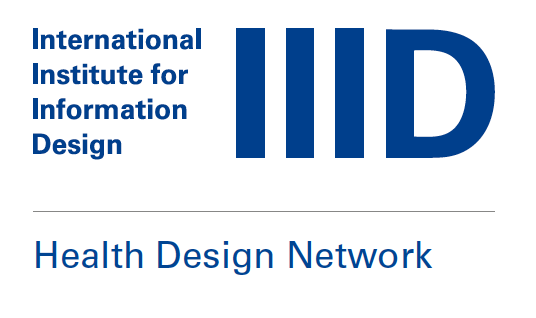One of the major challenges I find today is to meet clients that understand what I do as a designer. While some advanced design firms have been successful in putting design in the mind of many people, they have also minimized the notion that “design thinking” and “design methods” require specialized knowledge. The mantra “Anybody can be a designer” is a myth that has been created in this process. And yes, it is true that most people could be designers, as long as they study the subject formally for 4 to 10 years and add other 10 years of professional practice.
Regina’s presentation demonstrated that her and her colleagues at Lintgrün, working with content specialists and front-line healthcare providers, can deliver well thought-out approaches to address communication problems in the health sector. Her project is a paradigm of good design work.
But it is not easy to work that way. In addition to following a very sophisticated design process, there is a lot of tacit knowledge implied in what she showed. Despite the design community’s push to bringing design to the initial stages of a project, where problems are defined and goals are set, there is still a tremendous resistance in the public and private sector to see the usefulness of what designers can offer when projects are being conceived. As well, implementing the ideas generated by a good design process, is a design problem that calls for design knowledge. In addition, there is a frequent lack of verification of performance when implementing communications. This emerges because the client does not see designers as necessary at the performance measuring stage, or because of having vague goals to begin with, such as: “We have to eliminate antibiotics abuse,” or “We must involve the patients in the design of their own care.”
Regina’s presentation showed that an intimate knowledge of content is indispensable for communications, and this has to be coupled with an intimate knowledge of communication, to achieve the results pursued.
We need presentations like this to penetrate the public space and engage in a task that will help our continuing education as designers, but also a continuing demonstration to others of what accountable design is.
Jorge Frascara, Edmonton, Canada













